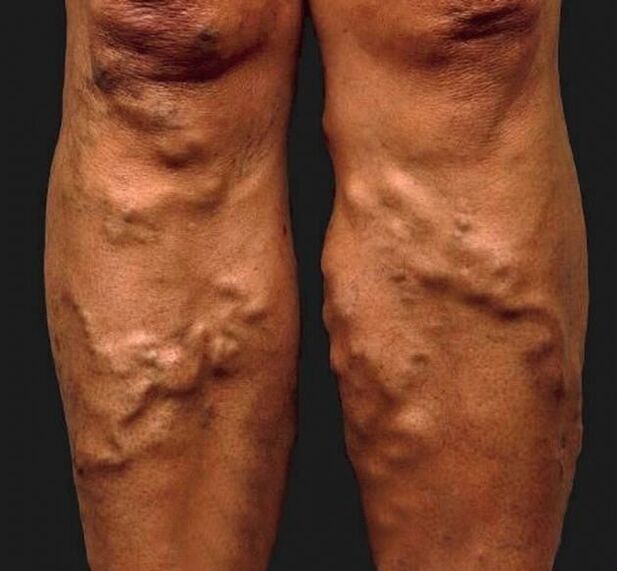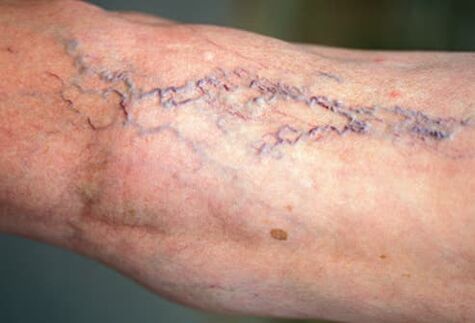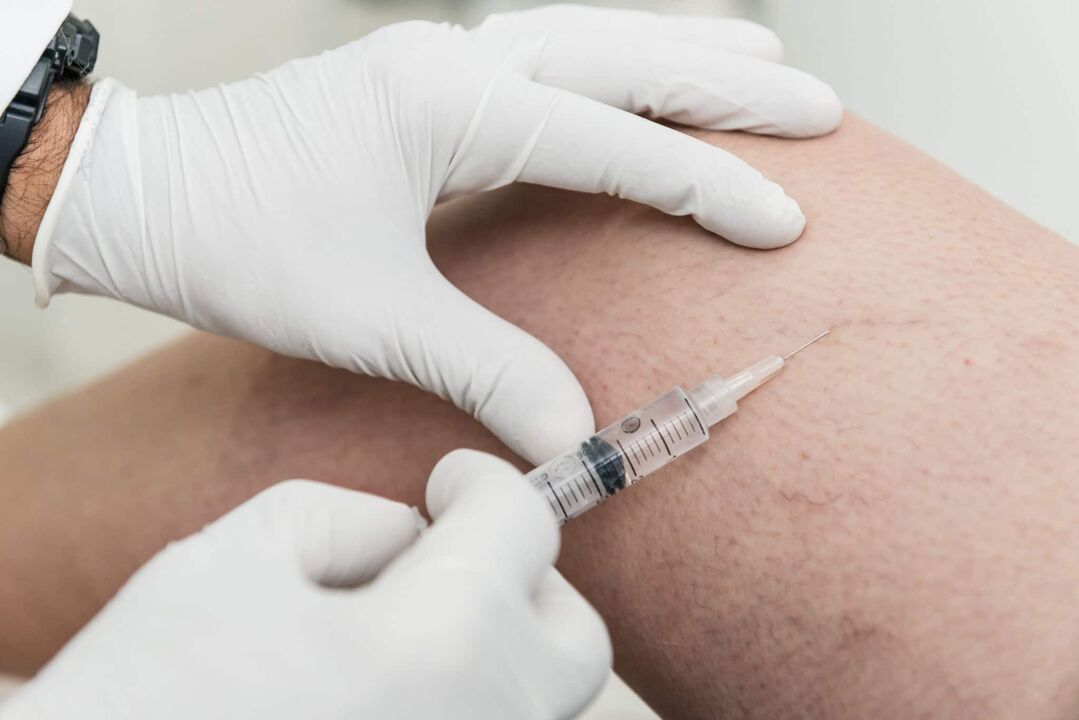
Varicose veins are one of the most common vascular pathologies.
Varicose veins still bothered our ancestors, but then doctors tried unsuccessfully to overcome the disease. In our time, chronic venous insufficiency continues to disfigure beautiful female and male legs, however, modern medicine offers a whole range of methods to get rid of varicose veins on the legs.
According to some reports, more than 10% of the population suffers from this disease in one form or another, women are more susceptible to it.
Varicose veins can appear at any age, even in childhood. The decisive factor in the development of the disease is hereditary predisposition.
Causes of varicose veins
The main cause of varicose veins is a genetically determined imperfection of the connective tissue, including that which makes up the veins. Hereditary predisposition means that if first-line relatives suffer from any form of varicose veins, then the person is at risk of this disease.
The development of varicose veins also requires special conditions, created by the patient's lifestyle. These factors cause normal blood stagnation in the lower body creating a static load.
Varicose veins on the legs often occur in people whose work is related to long-term standing: hairdressers, salesmen, surgical surgeons.
Dilated pelvic veins can be caused by pregnancy because an enlarged uterus can cause prolonged compression of the pelvic floor veins. Also, varicose pelvic veins occur in people who lead a sedentary lifestyle.
Factors that interfere with blood circulation and cause varicose veins on the legs are also wearing tight clothes and shoes, the habit of sitting cross-legged. The reason for the development of varicose veins of the pelvis may be the practice of incomplete intercourse as a method of contraception.
Symptoms of varicose veins

The symptoms of varicose veins on the legs are as follows:
- Feeling very tired, feeling heavy and full in the legs, worse in the evening;
- Leg pain, which has no clear localization, pain and withdrawal nature, the pain syndrome also increases in the afternoon;
- Occurrence of external symptoms of varicose veins in the legs. Telangiectasias, or spider veins, are intertwined thin veins of purple or cyanotic color. As the disease progresses, large veins begin to appear in the form of sinuous swollen subcutaneous bands, so-called worm-like veins;
- In the advanced phase, there are signs of complications of varicose veins in the legs: thrombophlebitis, trophic ulcers, thrombosis. These are terrible complications that cause a significant deterioration in the quality of life of the patient (trophic ulcer), and in some cases even death (pulmonary embolism due to venous thrombosis of the lower extremities).
The symptoms of varicose veins of the pelvis in women are nonspecific, and resemble the symptoms of inflammatory disease of the female genital tract, which is why diagnostic errors are often made.
The main symptoms of varicose veins of the pelvis are:
- Occasional pelvic pain. The dependence of the pain syndrome on the phase of the menstrual cycle is monitored, just before the onset of menstruation, the pain usually intensifies;
- Abundant mucous discharge from the vagina.
A special case of manifestation of varicose veins of the pelvis are hemorrhoids with all their inherent symptoms.
Symptoms of varicose veins in men are often not noticed at all, and are discovered accidentally during a medical examination. As a rule, it is a characteristic worm-like pattern of an enlarged venous plexus on one side of the scrotum, causing unilateral pain in this area that appears after exercise.
Diagnosis of varicose veins
The diagnosis is made on the basis of varicose vein symptoms, external examination data, as well as the results of hardware research methods. In this capacity, the most informative are Doppler ultrasound and duplex ultrasound angioscanning.
If varicose veins of the pelvis are difficult to diagnose in women, trans-uterine phlebography may be used.
Special functional tests (for example, the Valsava test) are used to confirm the diagnosis of varicose veins of the testicles.
Treatment of varicose veins
Treatment of varicose veins depends on the localization of the pathology, and may be conservative or surgical. The most commonly used combination of several.
As a conservative treatment of varicose veins on the legs, drug and compression therapy is used. The use of medications has no independent meaning, but it helps to alleviate the symptoms of varicose veins in the legs: removing the feeling of heaviness, fatigue and pain.
Compression therapy consists of wearing medical compression stockings, which have a compressive and massaging effect on superficial veins, helping to remove venous congestion. Compression therapy is very effective and can be considered an independent method of treating varicose veins in the legs at an early stage of development or in the postoperative period. Currently, medical compression stockings are made of high-tech materials and do not create any problems during prolonged wear, including aesthetic ones.

The most radical treatment for all types of varicose veins is surgery. Today, phlebologists prefer minimally invasive techniques: sclerosis of varicose veins, laser surgery, endoscopic phlebectomy, microsurgical phlebectomy of veins. These techniques allow to achieve excellent results with minimal risk of surgical and postoperative complications.
Classical surgical treatment of varicose veins is also applied, whereby the damaged part of the vein is bandaged and excised. In this case, blood flow is bypassed.
It should be understood that modern treatment of varicose veins, with all its achievements, does not eliminate the main cause of the disease - the weakness of the vascular wall. Therefore, the treatment performed requires lifelong prevention of disease recurrence and, if possible, complete elimination of factors that contribute to the formation of varicose veins. Only this approach will make it possible to talk about a complete cure of the disease.
The use of folk remedies for varicose veins
Folk remedies for varicose veins are used quite widely and actively, but their effectiveness is usually insignificant. The use of folk remedies for varicose veins is justified as a symptomatic therapy to reduce the discomfort caused by the disease and its complications. As a rule, decoctions and ointments based on medicinal herbs that have anti-inflammatory and antibacterial effects are used for this purpose.























